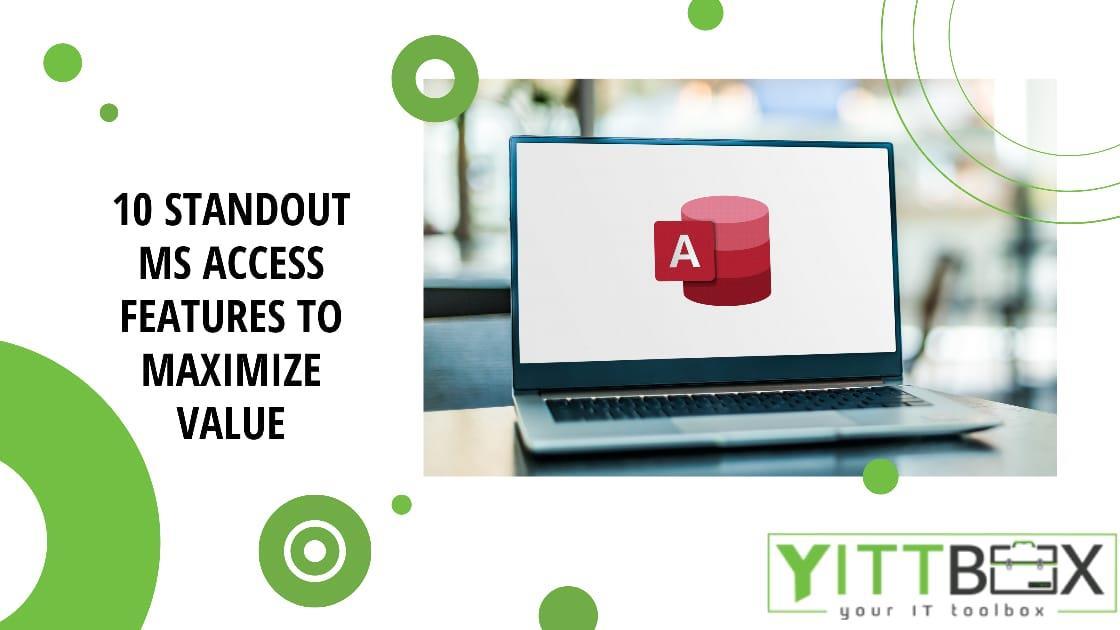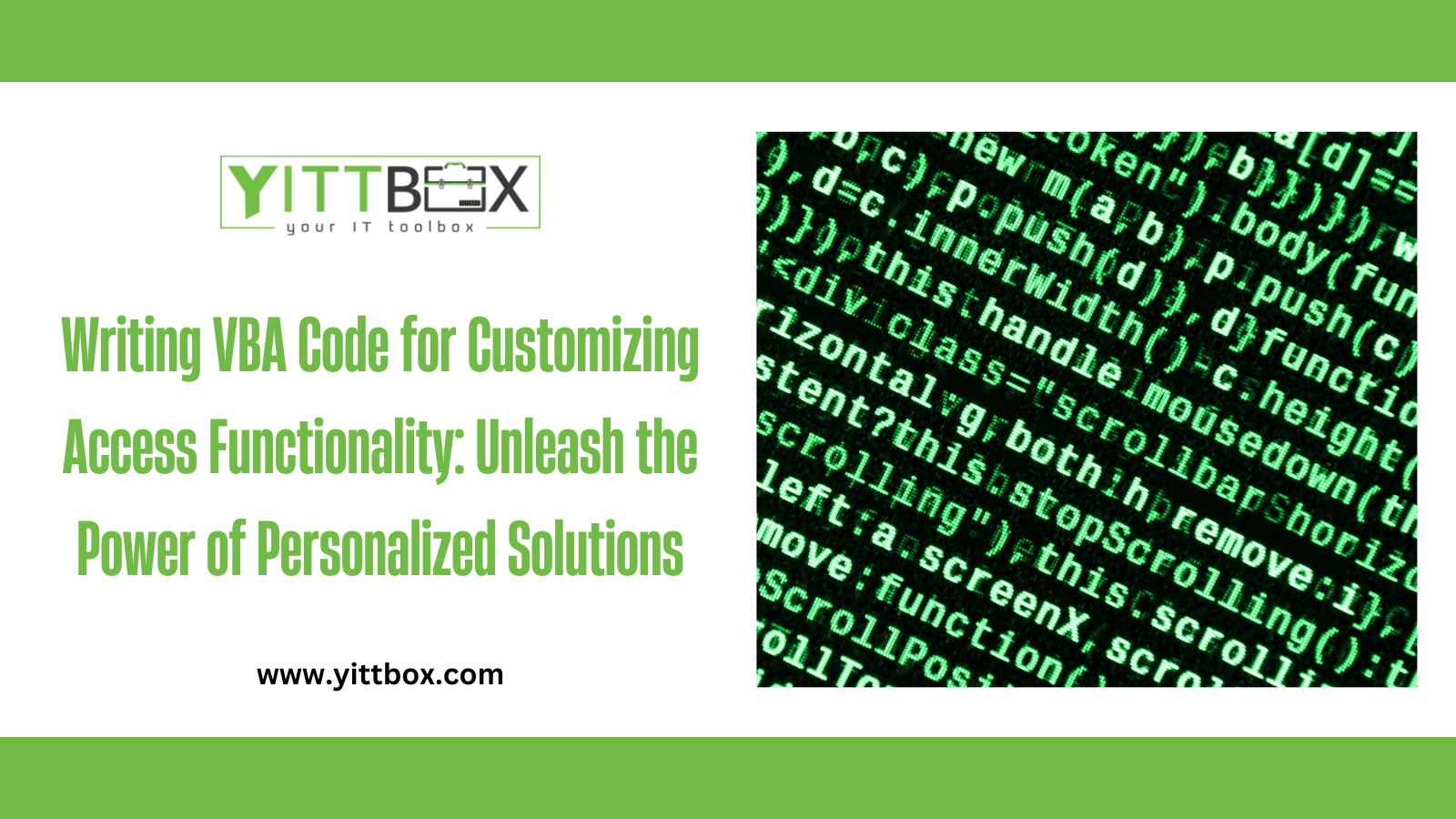Simplify Reporting with Power BI’s No-Code Tools
In the modern business landscape, data isn't just a byproduct, it's your strategic asset. Yet, the true challenge lies not in collecting data, but in translating it into meaningful insights without leaning heavily on developers or IT support. Enter Power BI. With its intuitive no-code platform, Power BI empowers business users, analysts, and decision-makers to build powerful dashboards and reports quickly and independently. This article explores how you can utilize Power BI’s no-code capabilities to optimize reporting, save hours, and accelerate smarter decision-making across your organization.
The Evolution of No-Code Analytics
No-code solutions are revolutionizing how businesses approach data analytics. Historically, creating reports required technical knowledge, often causing delays and overburdening IT departments. Today, Power BI’s drag-and-drop functionality, AI-enhanced visuals, and ready-to-use data connectors make report creation accessible to everyone, not just developers. In fact, Microsoft’s 2024 Power Platform updates reveal that over 70% of Power BI users are now building custom reports autonomously, dramatically cutting turnaround time.
Effortless Data Integration Without Writing Code
Power BI simplifies the process of connecting and transforming data. With hundreds of built-in connectors, users can seamlessly draw from Excel, SQL databases, and cloud services like Salesforce, Google Analytics, and SharePoint. Power Query’s visual interface allows users to clean, filter, and shape data using guided, step-by-step actions, completely code-free. For example, a marketing professional can merge traffic and revenue metrics in under 10 minutes, all through an intuitive point-and-click experience.
Interactive Visuals That Drive Impact
Power BI’s dynamic visuals are a cornerstone of its value. Users can easily drag charts, graphs, maps, and KPIs onto a canvas to turn raw data into visually engaging insights. Built-in AI tools like Smart Narrative and Quick Insights further enrich the experience by automatically highlighting trends, anomalies, and key metrics. Users can also personalize reports with custom branding—making them not only functional but boardroom-ready.
Eliminating Repetitive Tasks Through Automation
Reporting doesn’t have to be manual. Power BI enables users to automate data refreshes, schedule report deliveries, and set alerts that trigger when key thresholds are met. For instance, a retail operations lead can configure notifications for low inventory levels without writing a single script. These automations help ensure data is always current and actionable without constant oversight.
Streamlined Collaboration and Secure Sharing
Power BI goes beyond report creation by offering a robust platform for real-time collaboration and secure sharing. Through Power BI Service, users can publish dashboards, assign role-based permissions, and collaborate directly within the reports. Executives can access live dashboards on mobile devices, and team members can leave comments within the workspace, eliminating the inefficiencies of traditional email chains and static documents.
Scalable and Cost-Efficient for Every Business
By enabling self-service analytics, Power BI reduces reliance on technical teams and external vendors, significantly lowering costs. Small teams can leverage the free version, while organizations looking to scale benefit from Pro and Premium tiers that accommodate advanced needs. This adaptability makes Power BI suitable for startups and enterprises alike, supporting digital transformation without inflating budgets.
Conclusion
Power BI isn't just a tool, it’s a digital enabler for forward-thinking teams. By removing coding barriers, it empowers professionals across departments to take control of their data and generate meaningful reports independently. Whether you’re managing operations, leading marketing, driving HR initiatives, or overseeing finance, Power BI makes it possible to turn insights into action, without ever calling a developer. It’s time to move beyond spreadsheets and embrace a no-code future where data-driven decisions are within everyone’s reach.

.jpg)





